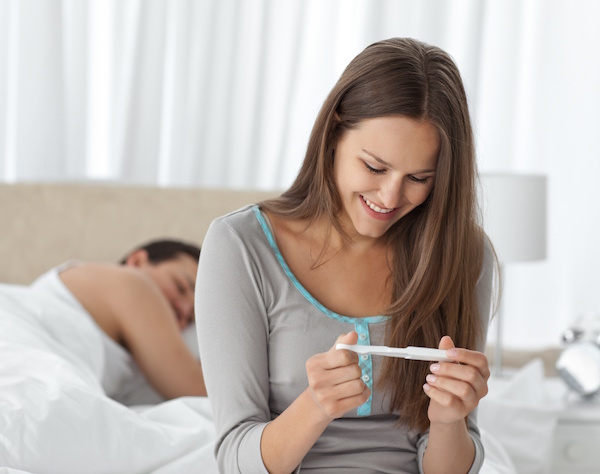
WEDNESDAY, March 10 (HealthDay News)– In children with hard-to-treat head lice, the oral medication ivermectin is more effective than the standard treatment, the topical cream malathion, new research finds.
The study, published in the March 11 issue of the New England Journal of Medicine, found that 95 percent of those treated with ivermectin were lice-free after two weeks compared to 85 percent of those using malathion.
“Ivermectin may be a good alternative to malathion when topical insecticide resistance is suspected,” the study authors wrote.
The researchers caution that ivermectin generally shouldn’t be used as a first-line treatment, but instead suggest that it be reserved for treatment-resistant lice. Overuse of ivermectin might lead to lice developing resistance to this medication as well.
Between 6 million and 12 million American schoolchildren are infested with head lice each year, the U.S. Centers for Disease Control and Prevention reports. Worldwide, as many as 100 million people contract head lice annually, according to background information in the study.
Although most lice infestations respond well to over-the-counter remedies, some lice have become resistant to these medications. In some cases, lice have also developed a resistance to the topical prescription medication malathion.
Ivermectin, an oral anti-parasitic drug, has been used to treat other parasitic infections, such as scabies. A previous trial on ivermectin found that a dose of 200 micrograms per kilogram of body weight was only effective in killing lice in about one out of four people, according to the study.
The current study was designed to assess the efficacy of ivermectin at twice that dose — 400 micrograms per kilogram of body weight — and to compare it to the standard treatment for difficult-to-treat lice.
A total of 812 children were recruited for the study. Their average age was 10. The children were put into one of two treatment groups. One group received ivermectin on days one and eight at a dose equivalent to 400 micrograms per kilogram, while the other group was treated with malathion lotion on the same days. Study medications were provided by the drug manufacturers.
Each group was also given a placebo equivalent. Those in the ivermectin group were treated with a similarly-scented lotion on treatment days, and those in the malathion group were given placebo pills on treatment days.
No other lice treatments were permitted, not even combing lice eggs (nits) from the hair.
On day 15, the researchers examined the children for evidence of continued infestation. They found that ivermectin was more effective, with 95 percent of the children lice-free. In the malathion group, 85 percent of the children treated were lice-free.
The researchers found no significant differences in the frequency of adverse events related to treatment, according to the study.
“Ivermectin looks like another tool against head lice, but there are still a number of questions to be answered,” said Dr. Mark Diamond, a pediatrician affiliated with Children’s Hospital of Pittsburgh. “The risk of side effects isn’t totally clear, and a systemic drug vs. a topical medication is clearly a change in process. Plus, I have no idea of the cost.”
One advantage of ivermectin might be that it’s easier to administer, he said. “Lotions and shampoos are messy, and if all other factors are equal, parents might prefer an oral medication,” said Diamond.
The good news about lice, he said, is that “a head lice infection is not serious, and it doesn’t lead to other harmful diseases or complications.” And, he said, most children can be effectively treated with over-the-counter medications and careful combing to remove nits from their hair.
More information
Learn more about head lice from the U.S. Centers for Disease Control and Prevention.

